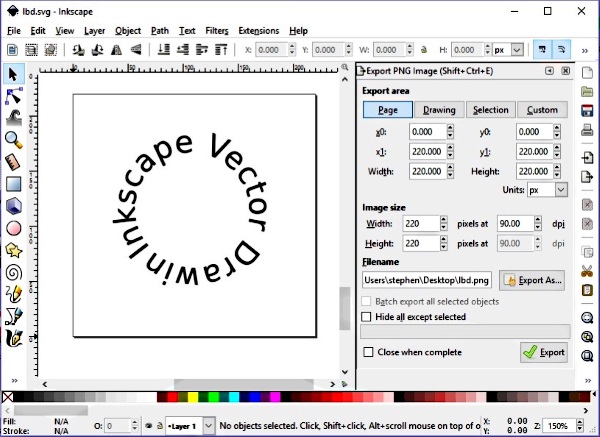


luciaantru(luciaantru), Bones and Inkscape is professional quality. This is due to how it is maintained as shape curves, while lightwave simply imports it with closed polys or splines, if closed polys that is already setup to modify with any modeling tool, while in blender you have to convert it to a mesh first. For example, in Adobe Illustrator, youll go to File > Export > Export As and then. We really need to import/export the following formats: EPS PDF Adobe SVG (must be interoperable) Postscript Adobe Illustrator File Formats (Newer ones are PDF 1. There are a few things you can do to prepare your SVG to ensure that Inkscape produces a vector EPS. File types - Inkscape Wiki File types We need EPS, Adobe SVG, and PDF in/out support. SVG is cooler though, at least how blender handles it, It maintains color per shape, I can edit the curves as I see fit with handles, I can add thickness in one go, or wireframe thickness etc, and you can of course animate any of the paths in one go. There are certain things in and SVG drawing that will cause the EPS exporter in Inkscape to produce a rasterized version of your drawing in an EPS. If you have let´s say 2 holes, then you need to select both circles and use path combine, then difference to have the both circles drill away in the inkscape drawing, then select all and go to path combine again, then save out as eps. Must have missed the proper steps when preparing the inkscape file for export.Īnyway.the process is if you draw a rectangle, then a lect them both and use path difference, that will make a hole in the rectangle, but go to path combine before you save it to eps.


 0 kommentar(er)
0 kommentar(er)
